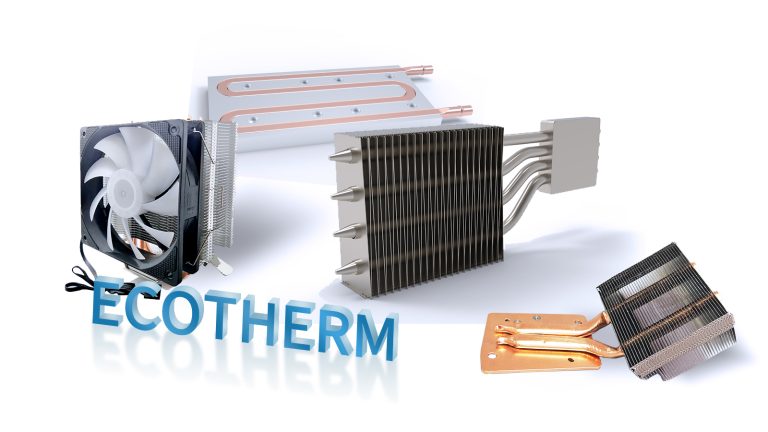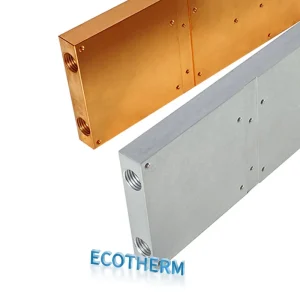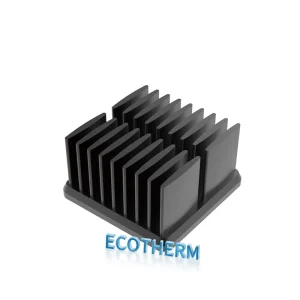Vapor Chamber in Server Cooling: Key Differences Between Air Cooling, Liquid Cooling, and Immersion Cooling for AI Era Demands
The rapid advancement of artificial intelligence (AI) has led to increased demands on server performance, and with it, a need for effective server cooling solutions. In this context, understanding the role of vapor chambers in server cooling becomes crucial. This article explores the key differences between air cooling, liquid cooling, and immersion cooling, focusing on how vapor chamber technology meets the demands of the AI era.
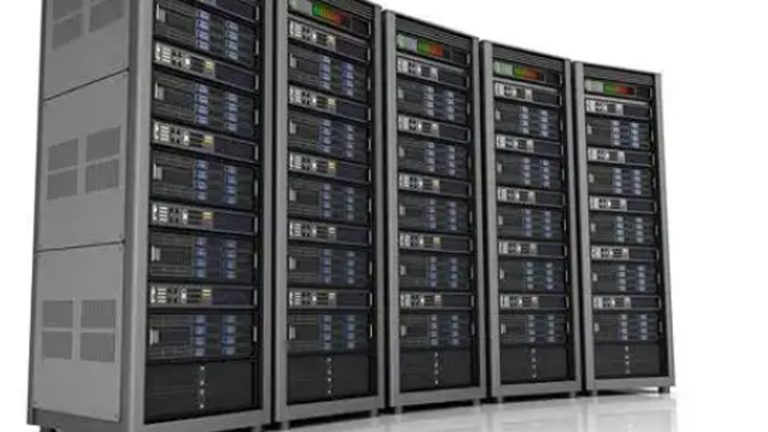
Understanding Server Cooling
Servers, the backbone of data centers, generate significant heat during operation. Effective cooling is essential to maintain performance and prevent hardware damage. Traditionally, air cooling has been the go-to solution. However, with the rise of AI and its computational demands, more efficient cooling technologies are gaining traction.
The Importance of Heat Management
Heat management is critical in server operations. Excess heat can lead to component failure, reduced performance, and shortened lifespan of hardware. Efficient cooling systems ensure that servers run optimally, supporting continuous data processing without interruptions.
Evolution of Cooling Technologies
Over the years, cooling technologies have evolved from basic air-based systems to more sophisticated solutions. The introduction of liquid and immersion cooling has revolutionized how data centers manage heat, offering more efficient ways to handle the increasing power densities of modern servers.
The Impact of AI on Cooling Needs
AI workloads are particularly demanding, requiring servers to perform complex computations rapidly. This increased computational demand generates significant heat, necessitating advanced cooling solutions that can efficiently manage these high thermal loads without compromising performance.
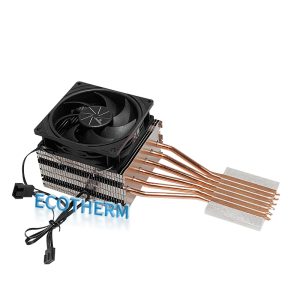
Heat Pipe Heat Sink With Fan
May e you are looking for:
>custom heat pipe cooling module
Air Cooling
Air cooling is the most traditional method, using fans to circulate air and dissipate heat from server components. This method is straightforward and cost-effective but has limitations in handling high heat loads.
Mechanism of Air Cooling
Air cooling operates by moving cool air over hot components, absorbing heat and expelling it from the system. Fans play a crucial role in this process, ensuring a constant flow of air to prevent overheating of critical components like CPUs and GPUs.
Advantages of Air Cooling
Air cooling offers several advantages. It is simple to implement and maintain, requiring minimal technical knowledge. Its cost-effectiveness makes it an attractive option for small to medium-sized data centers with limited budgets.
Limitations of Air Cooling
Despite its benefits, air cooling faces challenges in modern data centers. The method struggles with high-density server environments where airflow can be obstructed. Additionally, as servers become more powerful, air cooling may not provide sufficient heat dissipation, leading to potential overheating issues.
Pros and Cons of Air Cooling
Air cooling remains a popular choice for many due to its simplicity and cost-effectiveness. However, it comes with its own set of pros and cons that need to be considered.
Pros
- Simple and Cost-Effective: Air cooling systems are easy to install and maintain, requiring less initial investment compared to other methods. Their widespread use and availability make them a go-to choice for many.
- Easy to Maintain: Regular cleaning and occasional fan replacements are typically all that is needed to keep an air cooling system running smoothly. This ease of maintenance is appealing to many data center operators.
Cons
- Limited Efficiency with High-Performance Servers: As server demands increase, air cooling struggles to keep up, potentially leading to thermal throttling or hardware damage.
- Increased Noise Levels: Fans can be noisy, especially in large numbers, which may be disruptive in environments where noise levels are a concern.
- Requires Significant Space for Airflow: Proper airflow is essential for effective air cooling, necessitating ample space around servers, which can be a constraint in densely packed data centers.
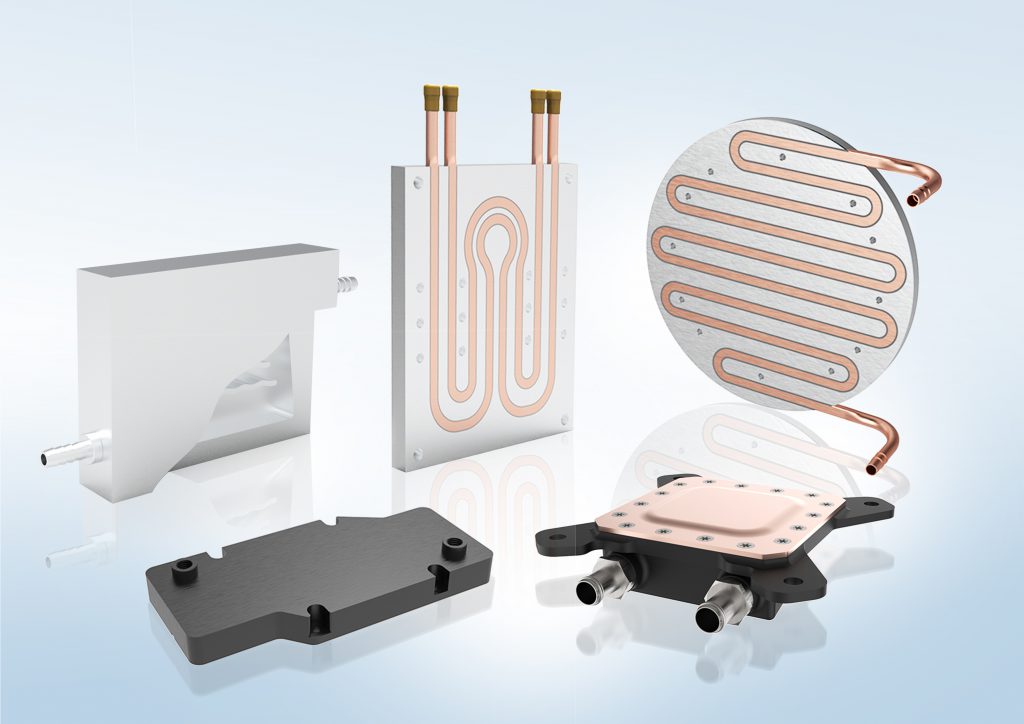
Looking for Liquid Cold Plate?
Liquid Cooling
Liquid cooling involves circulating a liquid coolant through a loop that absorbs heat from the server components. This method is more efficient than air cooling and can handle higher heat loads.
How Liquid Cooling Works
Liquid cooling systems typically use a closed-loop system where a liquid coolant circulates through tubes and components. The liquid absorbs heat and is then cooled by passing through a radiator or heat exchanger, which dissipates the heat into the air.
Benefits of Liquid Cooling
Liquid cooling offers greater efficiency in heat removal compared to air cooling. The liquid’s higher thermal conductivity allows it to absorb and transport heat more effectively, making it ideal for high-density server environments.
Drawbacks of Liquid Cooling
Despite its advantages, liquid cooling systems come with challenges. They require a higher initial setup cost and more complex maintenance procedures. Additionally, there is a risk of leaks, which could cause damage to server components if not properly managed.
Pros and Cons of Liquid Cooling
Liquid cooling presents a compelling alternative to air cooling, especially in environments where high performance and efficiency are required.
Pros
- Greater Efficiency in Heat Removal: Liquid cooling systems can handle higher thermal loads than air cooling, making them suitable for modern, power-hungry servers.
- Quieter Operation: Since liquid cooling relies less on fans, it tends to produce less noise, providing a quieter data center environment.
- Suitable for High-Density Server Environments: Liquid cooling’s ability to manage heat effectively makes it ideal for densely packed servers.
Cons
- Higher Initial Setup Cost: The complexity and components involved in liquid cooling systems result in higher upfront costs compared to air cooling.
- More Complex Maintenance: Maintaining liquid cooling systems requires specialized knowledge and regular checks to ensure there are no leaks or coolant degradation.
- Risk of Leaks: While rare, leaks can occur, posing a risk to server components if not detected and addressed promptly.

Need Cusom Vapor Chamber?
Vapor Chamber Cooling
Vapor chamber technology is a step up from traditional heat sinks. A vapor chamber is a sealed, flat chamber with a small amount of liquid. As the server heats up, the liquid turns into vapor, which spreads heat evenly across the surface before it condenses back into liquid.
How Vapor Chambers Work
Vapor chambers function on the principles of phase change and capillary action. The liquid inside absorbs heat, turns into vapor, and spreads evenly. The heat is then transferred to a heat sink or fan for dissipation, and the vapor condenses back into liquid, ready to absorb more heat.
Benefits of Vapor Chamber Cooling
- Enhanced Heat Spreading: Vapor chambers provide uniform heat distribution, reducing hotspots and improving thermal performance. This uniformity is crucial in preventing thermal throttling and maintaining consistent server performance.
- Compact Design: They offer a thinner profile compared to traditional heat sinks, making them ideal for dense server configurations where space is at a premium. This compactness allows for more efficient use of data center space.
- High Efficiency: Vapor chambers are more efficient than traditional air cooling and can handle higher power densities. This efficiency translates to better performance and reliability in high-demand environments.
3D Vapor Chamber Technology
3D vapor chambers are an evolution of standard vapor chamber designs. They incorporate three-dimensional structures to further enhance heat transfer capabilities. This technology is particularly beneficial in AI server environments, where high computational loads generate excessive heat.
Advantages of 3D Vapor Chambers
3D vapor chambers offer improved thermal management by expanding the heat transfer area. Their design allows for more efficient heat dissipation, which is crucial in handling the intense workloads common in AI applications.
Applications in AI Servers
In AI server environments, 3D vapor chambers can significantly improve performance. By effectively managing heat, they enable servers to run at higher speeds without risk of overheating, supporting the demanding tasks typical of AI processing.
Immersion Cooling
Immersion cooling involves submerging servers in a non-conductive liquid. This method provides direct contact cooling, efficiently managing heat in high-performance computing environments.
How Immersion Cooling Works
Immersion cooling systems submerge entire servers in specially designed tanks filled with a non-conductive liquid. This liquid absorbs heat directly from the components and is then cooled through a heat exchanger, ensuring efficient heat management.
Advantages of Immersion Cooling
Immersion cooling offers exceptional cooling efficiency, directly transferring heat from server components to the liquid. This method reduces energy consumption by eliminating the need for air conditioning and significantly lowers noise levels.
Challenges of Immersion Cooling
Despite its efficiency, immersion cooling faces challenges such as high setup costs and the need for specialized maintenance. Additionally, there is a potential risk of liquid contamination, which requires careful management to prevent damage to server components.
Pros and Cons of Immersion Cooling
Immersion cooling represents a cutting-edge solution for high-performance computing environments but comes with its own set of considerations.
Pros
- Exceptional Cooling Efficiency: Direct contact with the coolant ensures rapid and effective heat dissipation, making immersion cooling one of the most efficient methods available.
- Reduced Energy Consumption: By minimizing the need for air conditioning, immersion cooling can significantly lower energy costs, offering long-term savings.
- Minimal Noise: The absence of fans in immersion cooling systems results in quieter operations, enhancing the working environment within data centers.
Cons
- High Setup Costs: The infrastructure required for immersion cooling is costly, often limiting its adoption to large-scale operations with significant budgets.
- Specialized Maintenance Required: Maintaining immersion cooling systems requires specific expertise and regular monitoring to ensure optimal performance.
- Potential for Liquid Contamination: Careful management is essential to prevent contamination of the coolant, which could impact the cooling efficiency and risk hardware damage.
Choosing the Right Cooling Solution for AI Servers
Selecting the appropriate cooling solution depends on various factors, including server density, performance requirements, budget constraints, and environmental considerations.
Assessing Performance Needs
High-performance AI servers benefit from advanced cooling solutions like vapor chambers or immersion cooling, which manage heat more effectively. Evaluating the specific computational demands can guide the choice of cooling technology to ensure optimal server operation.
Balancing Cost and Efficiency
While air cooling is budget-friendly, liquid and immersion cooling offer long-term energy savings despite higher initial costs. Organizations must weigh the upfront investment against potential operational savings and performance benefits.
Considering Space Constraints
Vapor chambers and liquid cooling systems are more compact, making them suitable for data centers with space limitations. The ability to efficiently use available space can be a critical factor in the decision-making process.
Conclusion
The demands of the AI era necessitate more advanced server cooling solutions. Vapor chambers offer a compelling balance of efficiency, compactness, and performance, making them a valuable component in modern server cooling strategies. Meanwhile, liquid and immersion cooling provide alternatives for environments with specific needs. By understanding these technologies, businesses can make informed decisions to ensure optimal server performance and longevity. As AI continues to advance, the importance of innovative cooling technologies will only grow, driving further developments in this critical area of data center management.

